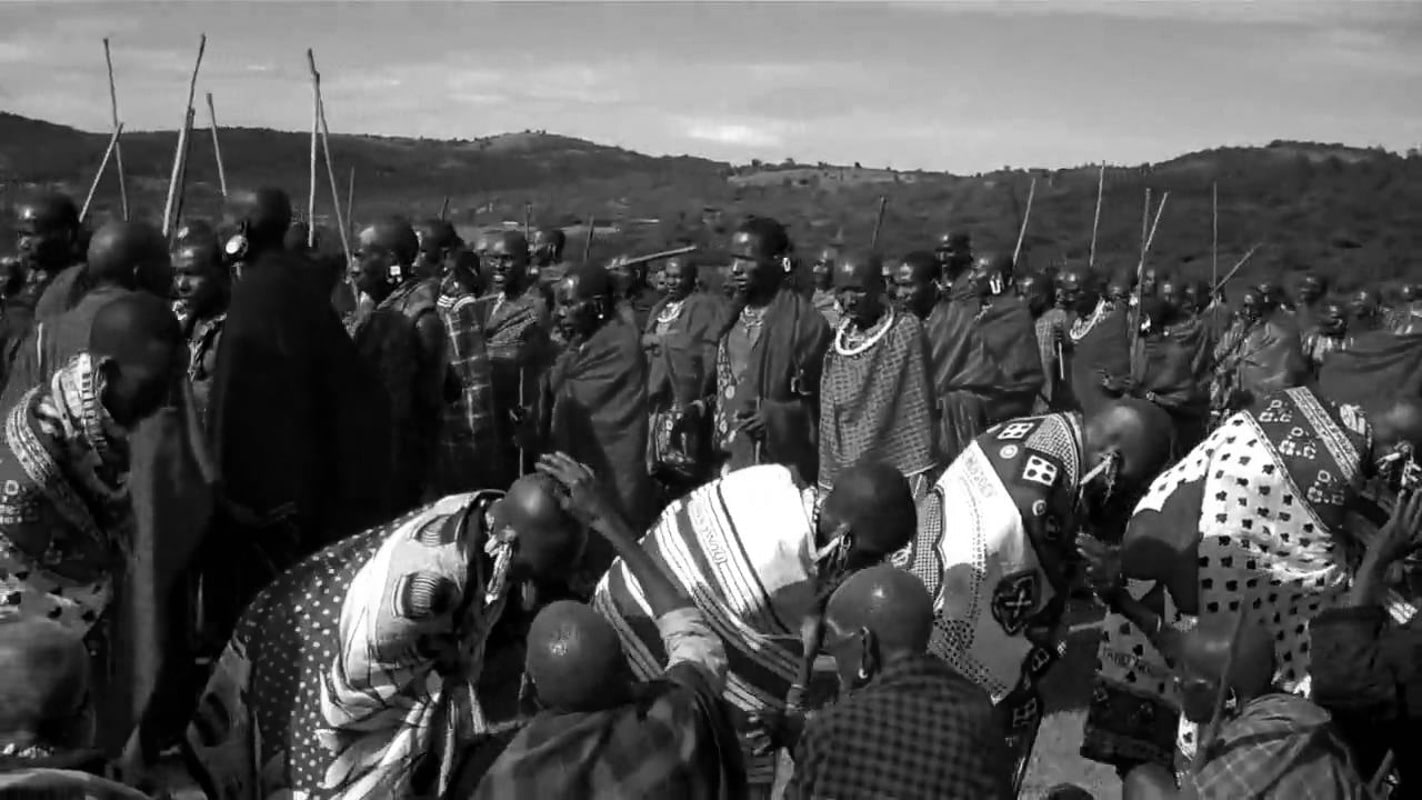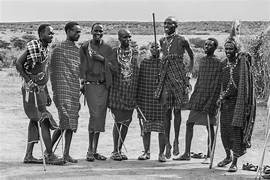Tanzania Ethnic Groups Map: Understanding the Rich Cultural Heritage of the Nation
Tanzania, a vibrant and diverse nation located in East Africa, is known for its rich cultural heritage. With over 120 ethnic groups, each with its own unique customs, traditions, and languages, Tanzania is a melting pot of different cultures. From the Maasai in the north to the Makonde in the south, this article will delve into the fascinating world of Tanzania’s ethnic groups map, highlighting the importance of understanding and preserving their cultural heritage.
Diversity of ethnic groups in Tanzania
Tanzania is home to a wide variety of ethnic groups, each contributing to the rich tapestry of the nation’s cultural heritage. The largest ethnic group in Tanzania is the Sukuma, who reside in the northwestern part of the country. They are known for their agricultural practices and vibrant traditional dances. Other prominent ethnic groups include the Chagga, who live on the slopes of Mount Kilimanjaro, and the Zaramo, who are concentrated in the coastal regions of Tanzania. Each ethnic group has its own distinct language, traditions, and social structures, making Tanzania a truly diverse nation.
Importance of understanding Tanzania’s ethnic groups
Understanding Tanzania’s ethnic groups is crucial for fostering unity, promoting cultural diversity, and ensuring social cohesion within the nation. By appreciating the unique customs and traditions of each ethnic group, Tanzanians can develop a sense of pride and belonging to their own heritage, while also embracing the diversity of others. This understanding can also help break down stereotypes and prejudices, fostering a more inclusive society where all Tanzanians feel valued and respected.
The significance of the Tanzania ethnic groups map
A Tanzania ethnic groups map serves as a visual representation of the diverse cultural landscape of the nation. It not only highlights the geographical distribution of different ethnic groups but also provides a deeper understanding of their historical and cultural roots. By studying the map, one can gain insights into the migration patterns, linguistic diversity, and cultural exchanges that have shaped Tanzania’s ethnic groups over centuries. This map serves as a valuable educational tool for researchers, policymakers, and tourists alike, promoting awareness and appreciation of Tanzania’s cultural heritage.
Exploring the different ethnic groups in Tanzania

Tanzania’s ethnic groups are incredibly diverse, each with its own unique customs and traditions. Let’s explore some of the prominent ethnic groups in more detail:
- The Maasai: Known for their distinctive red clothing, intricate beadwork, and traditional dances, the Maasai are a semi-nomadic ethnic group inhabiting northern Tanzania. They have a strong connection with their land and are renowned for their cattle herding practices.
- The Hadzabe: The Hadzabe are one of the last remaining hunter-gatherer tribes in Africa. They reside near Lake Eyasi and have preserved their traditional way of life, relying on hunting, gathering, and honey collection for sustenance.
- The Makonde: The Makonde, primarily based in southern Tanzania, are renowned for their intricate woodcarvings. Their sculptures depict various aspects of their culture, history, and daily life, and are highly sought after by art collectors worldwide.
- The Swahili: The Swahili ethnic group, found along the coastal regions of Tanzania, is known for its vibrant culture influenced by Arab, Persian, and Bantu traditions. They are famous for their beautiful architecture, intricate woodwork, and Swahili poetry.
These are just a few examples of the diverse ethnic groups that make up Tanzania’s cultural heritage. Each group has its own unique contributions to the nation’s identity and should be celebrated.
Cultural traditions and practices of Tanzania’s ethnic groups

The ethnic groups of Tanzania have a rich tapestry of cultural traditions and practices that have been passed down through generations. These customs range from marriage ceremonies and initiation rituals to traditional healing methods and storytelling. For example, the Maasai practice a unique rite of passage called “Emanyatta” for young boys, where they undergo circumcision and transition into adulthood. The Makonde, on the other hand, have a tradition of intricate face carving, which is done during important life events to mark their passage into adulthood.
These traditions not only provide a sense of identity and belonging for the members of each ethnic group but also serve as a means of preserving their cultural heritage. It is essential to recognize and respect these traditions, ensuring their continued practice and transmission to future generations.
Challenges faced by Tanzania’s ethnic groups
Despite the vibrant cultural heritage of Tanzania’s ethnic groups, they face several challenges that threaten their traditions and way of life. One such challenge is the encroachment of modernization and globalization, which can erode traditional practices and values. The younger generation may be drawn to more Westernized lifestyles, resulting in a loss of cultural identity and language.
Another challenge is the potential for conflicts between different ethnic groups. Tanzania is a nation with diverse ethnicities, and tensions can arise due to historical rivalries, competition for resources, or political factors. It is crucial to address these conflicts through dialogue, understanding, and promoting a sense of national unity.
Promoting cultural diversity and inclusivity in Tanzania
To ensure the preservation and celebration of Tanzania’s cultural heritage, it is imperative to promote cultural diversity and inclusivity within the nation. This can be achieved through various means:
- Education: Incorporating the history, traditions, and languages of Tanzania’s ethnic groups into the national curriculum can foster a sense of pride and identity among the younger generation. It can also promote cross-cultural understanding and appreciation.
- Cultural festivals and events: Organizing cultural festivals and events that showcase the traditions, music, dance, and cuisine of different ethnic groups can bring people together and promote inclusivity. These events can also attract tourists, boosting the local economy.
- Support for cultural preservation: Providing financial and logistical support to initiatives that aim to preserve and document Tanzania’s cultural heritage is crucial. This support can include funding for research, museum exhibitions, and the digitization of traditional knowledge.
By actively promoting cultural diversity and inclusivity, Tanzania can ensure the continued existence and thriving of its ethnic groups for generations to come.
Preserving and celebrating Tanzania’s cultural heritage
Preserving and celebrating Tanzania’s cultural heritage requires a collective effort from individuals, communities, and the government. Here are some ways in which this can be achieved:
- Documentation and archiving: Recording and documenting the customs, traditions, and languages of Tanzania’s ethnic groups is essential for their preservation. This can be done through oral history projects, video recordings, and written documentation.
- Cultural exchange programs: Facilitating cultural exchange programs between different ethnic groups within Tanzania can foster understanding, appreciation, and tolerance. This can be achieved through organized visits, workshops, and collaborative projects.
- Heritage sites and museums: Establishing heritage sites and museums dedicated to showcasing Tanzania’s cultural heritage can serve as educational resources and tourist attractions. These sites can house artifacts, photographs, and interactive exhibits that bring the history and traditions of ethnic groups to life.
By preserving and celebrating Tanzania’s cultural heritage, the nation can showcase its unique identity to the world and ensure the continued existence of its diverse ethnic groups.
Tanzania’s ethnic groups are a testament to the nation’s rich cultural heritage. Understanding and appreciating the customs, traditions, and languages of these diverse groups is essential for promoting unity, preserving cultural diversity, and fostering inclusivity. Through education, cultural events, and support for preservation initiatives, Tanzania can ensure that its ethnic groups thrive and continue to contribute to the nation’s vibrant tapestry. Let us celebrate the cultural richness of Tanzania and embrace the diversity that makes the nation truly unique.
For more articles related to Tanzania Tribes, click here!
































